Boyana Church
Boyana Church is a picturesque medieval church located on the slope of Vitosha Mountain, in the nearest suburb of Sofia, the capital of Bulgaria. The ancient church is popular among tourists due to its unusual architecture and frescoes unique in artistic value. The first church in the village of Boyany appeared in the X century, and additions to it – in the XIII and XIX centuries. Nowadays, the Orthodox church has three side chapels, which emerged from these annexes.
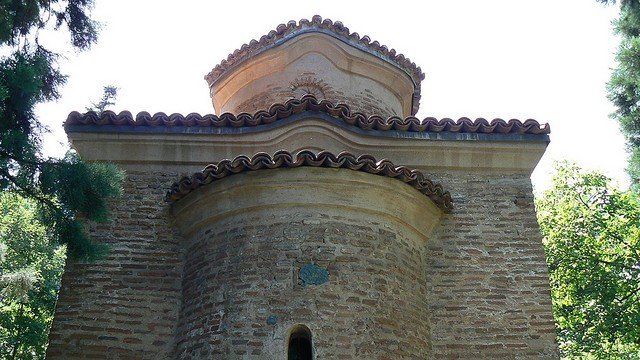
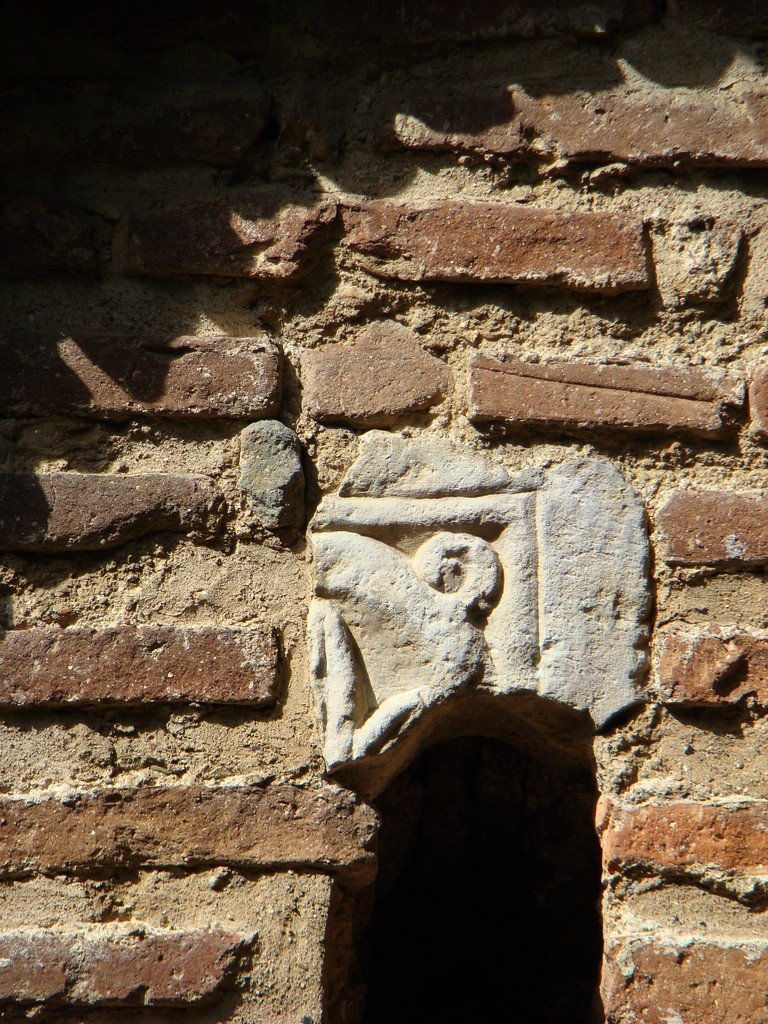
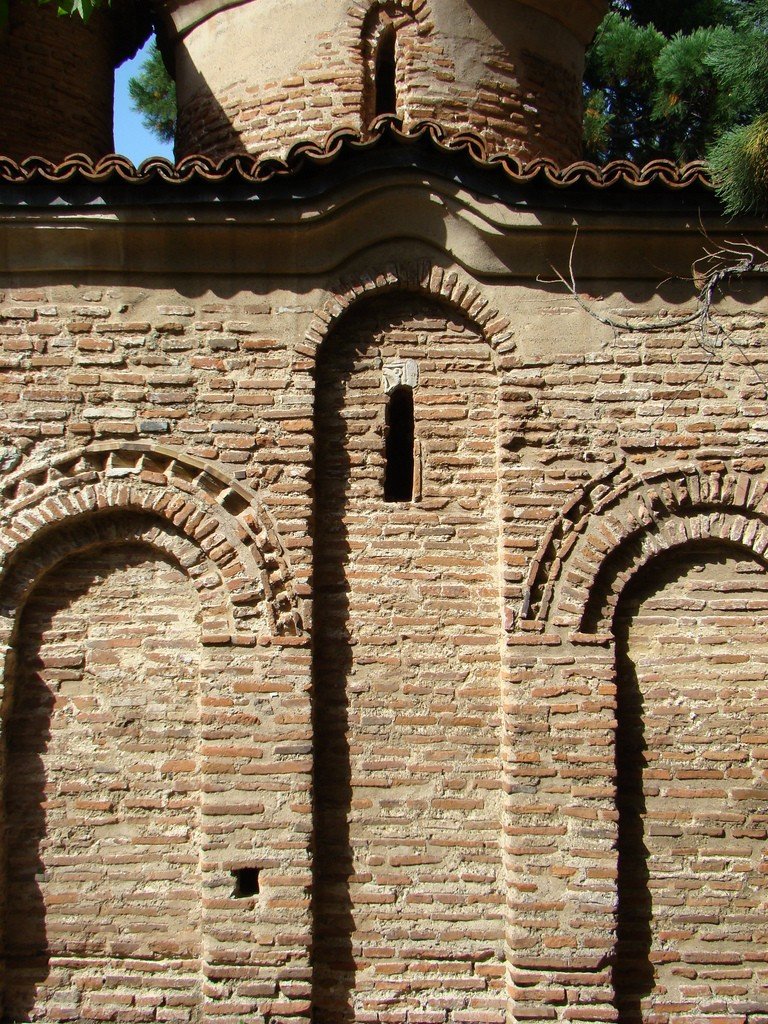
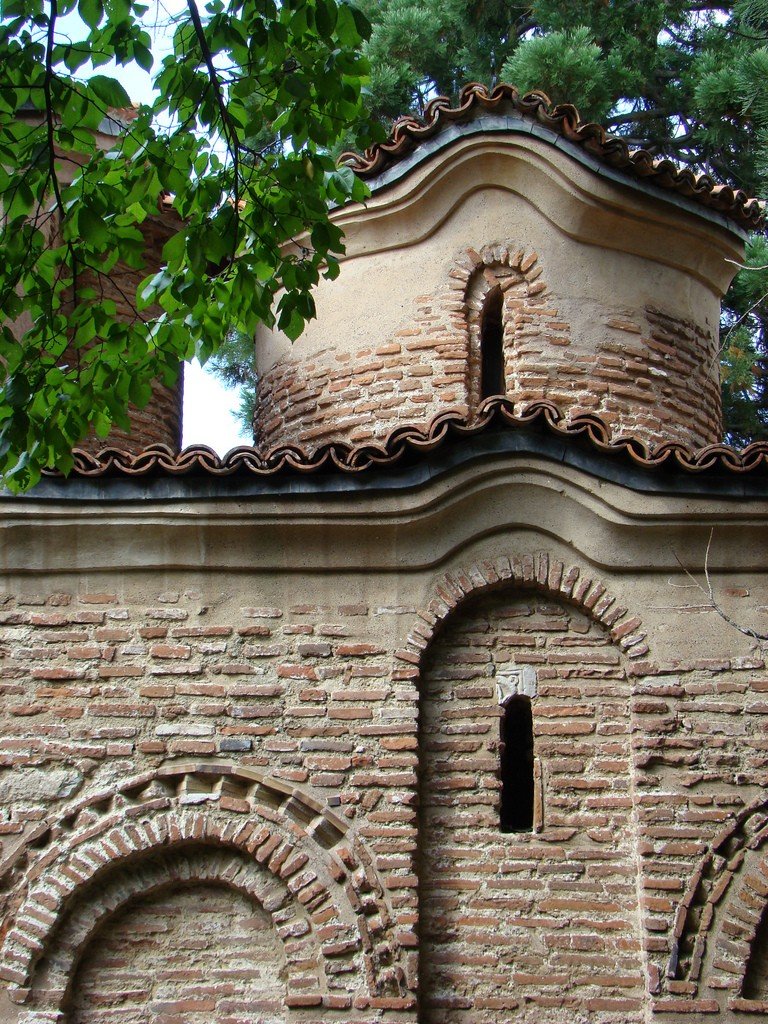
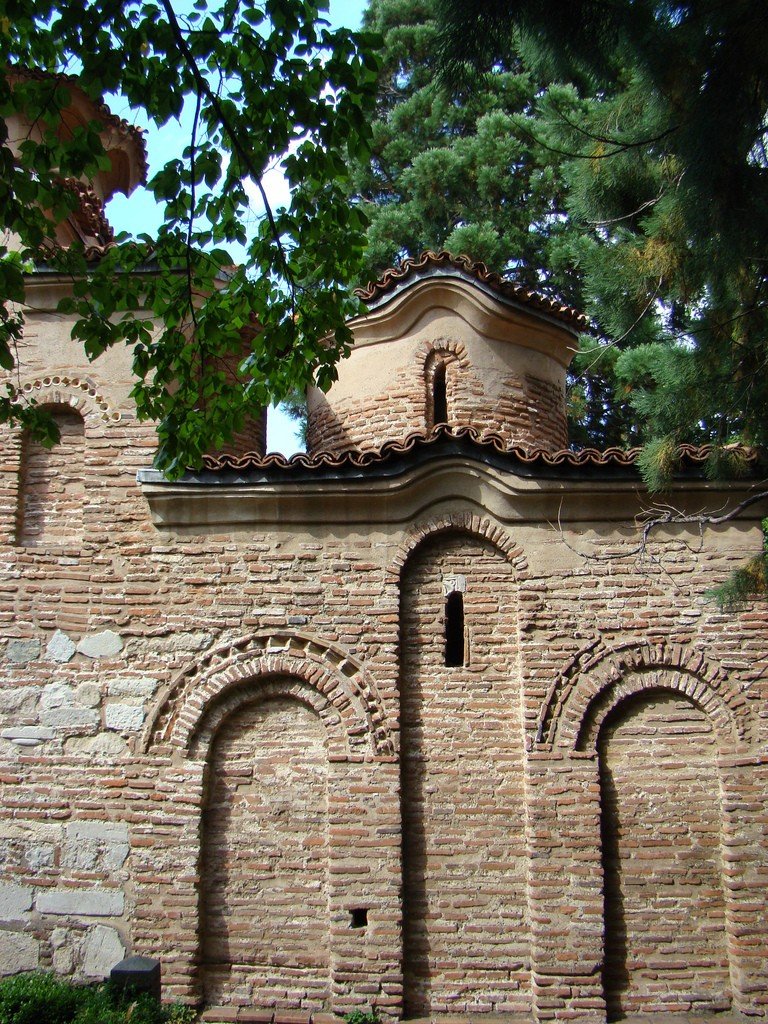
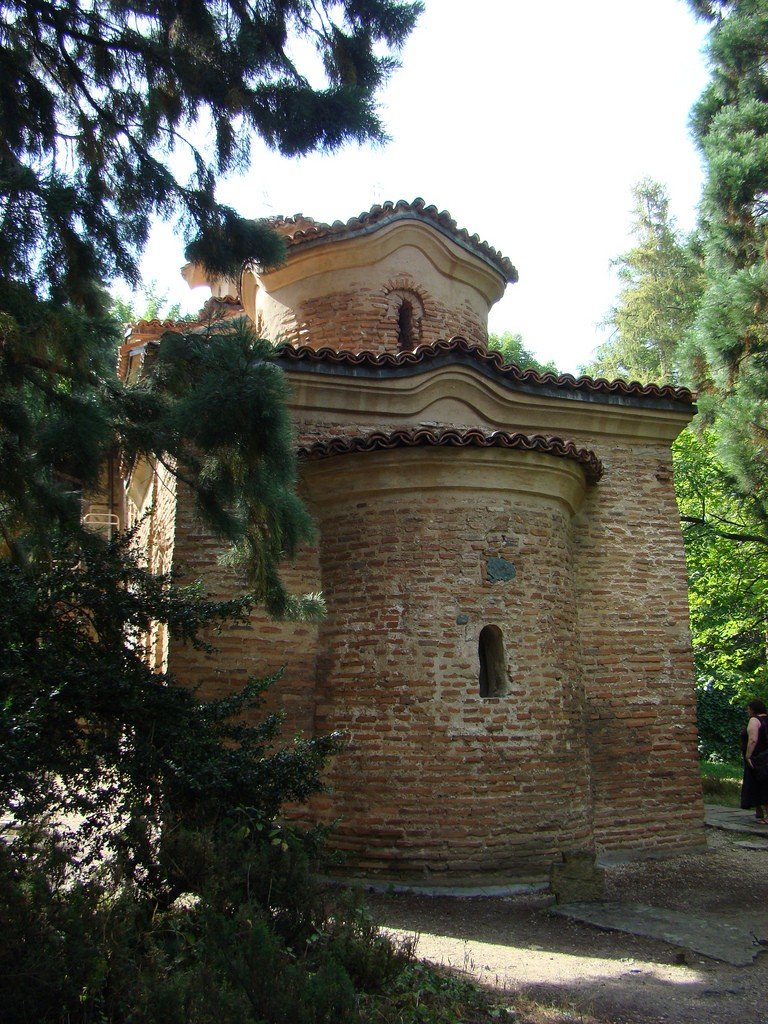
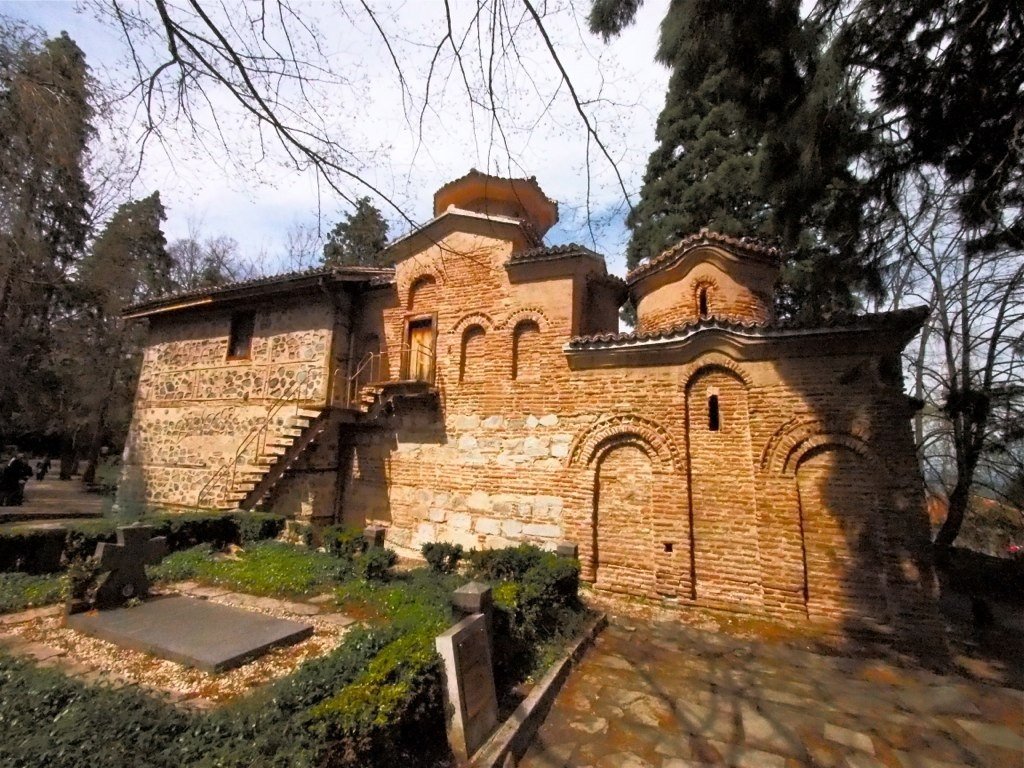
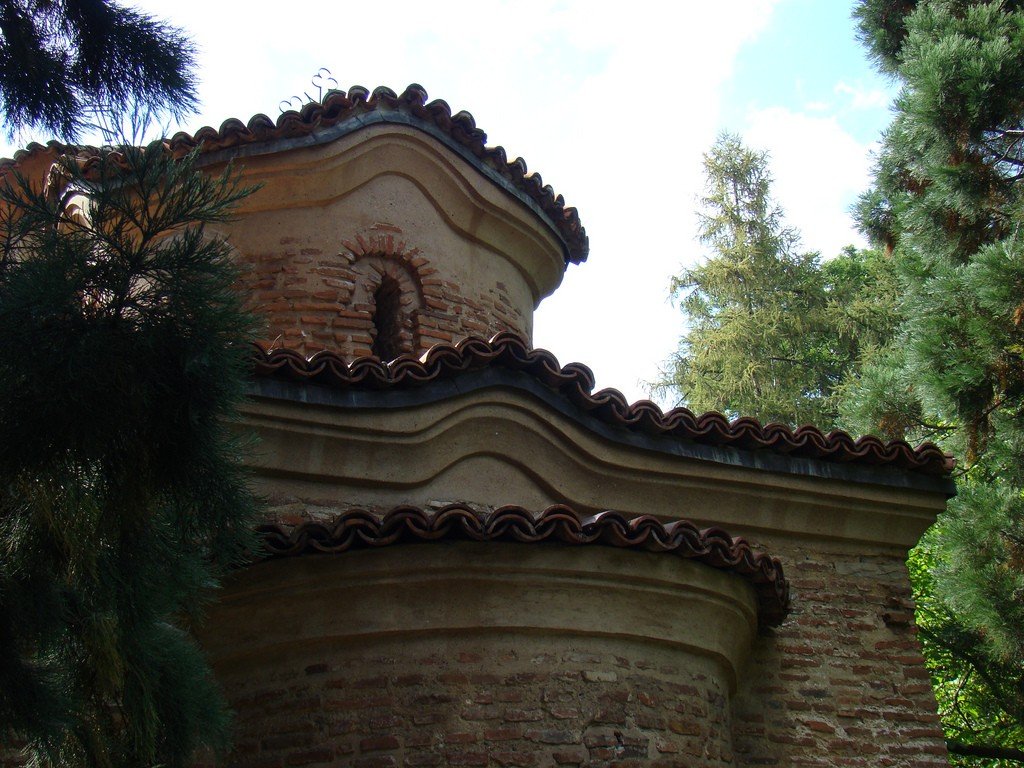
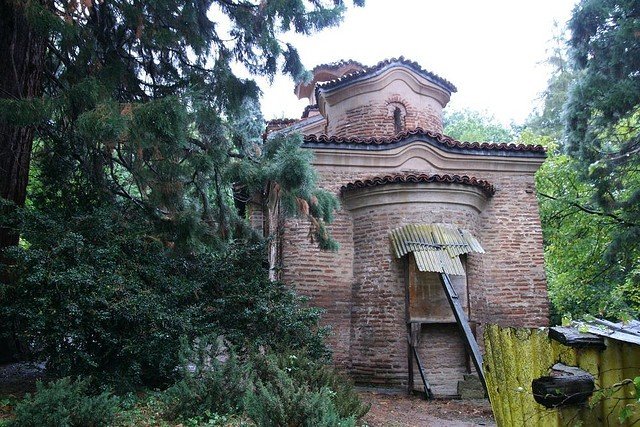
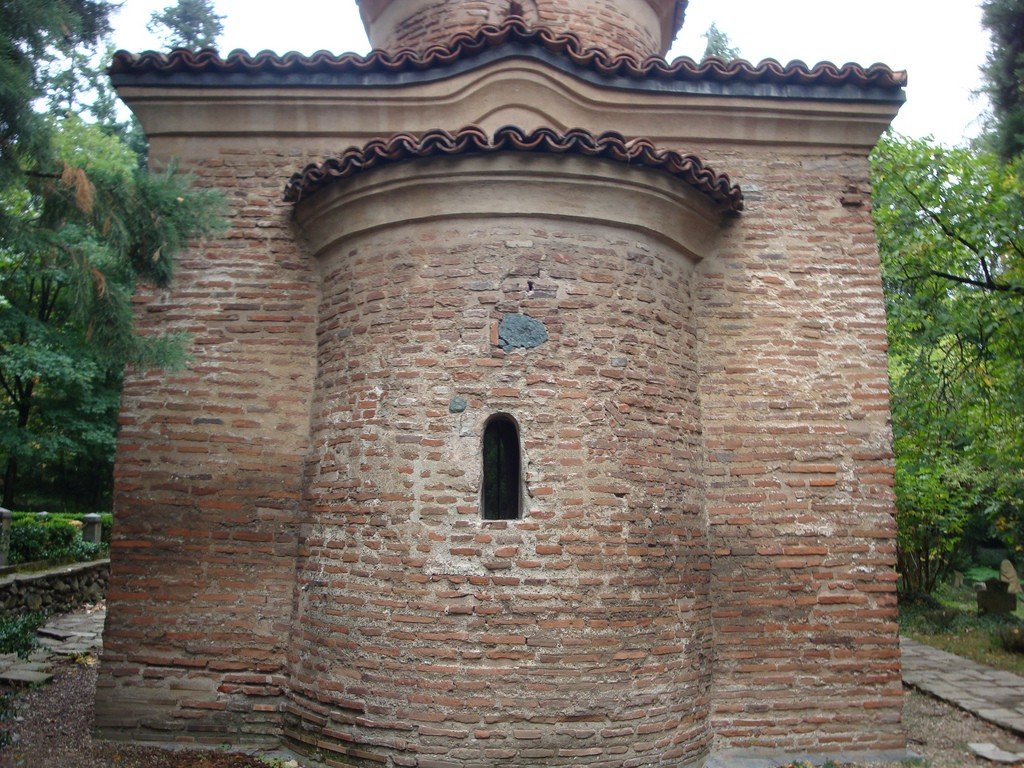
General information
The eastern part is considered the oldest – a single-dome temple of the 10th century with a semicircular apse, built in the form of an equally pointed cross. The central place is occupied by a two-story “Kaloyanov temple” of the XIII century. The church itself is located on the upper floor, and below there is a small chapel and a crypt where generic boyars are buried. The temple facade is decorated with beautiful ceramic tiles. In the west of the Boyan Church is a two-story vestibule of the XIX century, devoid of any decoration.
.
In the oldest part, on the northern wall and at the bottom of the apse there are fragments of frescoes of the XI-XII centuries. The rest of the temple is decorated with magnificent works by the isographers Basil and Dimitri, executed in the middle of the XIII century, wall paintings of the XIV-XVI centuries and frescoes from 1882. In 1981, when Bulgarians celebrated 1300 years of statehood, the country minted commemorative coins. On one of them placed the image of the Boyana Church.
.The temple is open to tourists daily: from April to October from 9.30 to 17.00, from November to March from 9.00 to 17.00. There is a fee to visit.
.
History of Boyana Church
The first Boyana Church was erected in the 10th century and dedicated to St. Nicholas and St. Panteleimon. At the beginning of the 13th century, the feudal lord sevastokrator Kaloyan acted as cotirator and added a new stone church with two floors to the old temple.
In 1259, local craftsmen painted the temple and on one of the walls left a mention of the cotator. In addition, the church was decorated with images of Kaloyan and his wife Desislava. The church was called “Kaloyan’s” after the name of the ctitor. The last extension was built in the XIX century. It is noteworthy that it was made exclusively of stone, when in earlier buildings builders used both stone and brick.
.
Wall paintings
The first murals in the Boyana Church appeared when the Byzantine Empire was overwhelmed by the Crusaders. During this period, the influence of regional art schools increased significantly. The wall paintings of the ancient Bulgarian temple are made in the traditions of Byzantine masters and are considered to be among the best examples of medieval art. The oldest murals are accompanied by inscriptions in Greek.
.The frescoes of the Boyana Church are characterized by sharp contours, rigidity of the drawing and flattening of the image. Thanks to this, Bulgarian isographers managed to achieve a special expressiveness of the portraits. Medieval painters masterfully conveyed human emotions on the frescoes, endowing historical and biblical characters with seriousness, softness and soulfulness. It is interesting that each image they created has its own character. In addition, people of different status are depicted wearing clothes and surrounded by objects characteristic of their social stratum and time.
.
On the walls are placed figures of the Virgin Mary and St. Panteleimon, and on the narthex are 18 scenes from the life of St. Nicholas. In addition to the ctitor and his wife, portraits of the ruler of the Second Bulgarian Kingdom Constantine I Tich and Tsarina Irina can be seen on the northern wall.
How to get there
Boyana Church is located in the southwestern suburb of Sofia – Boyana, on Boyansko ezero Street 3. Bus No. 64 runs here from the city.
.